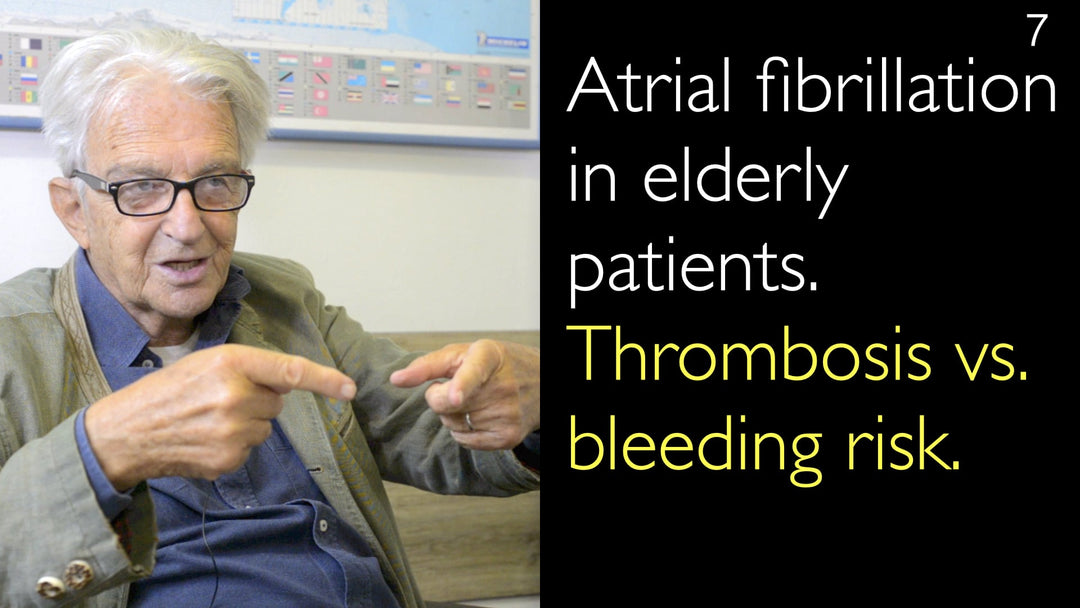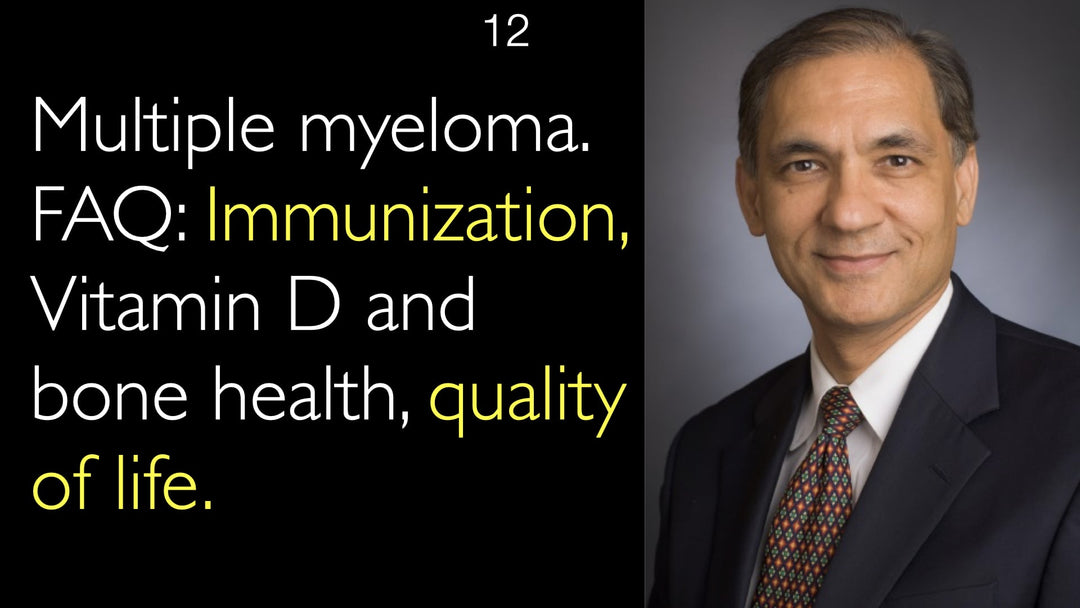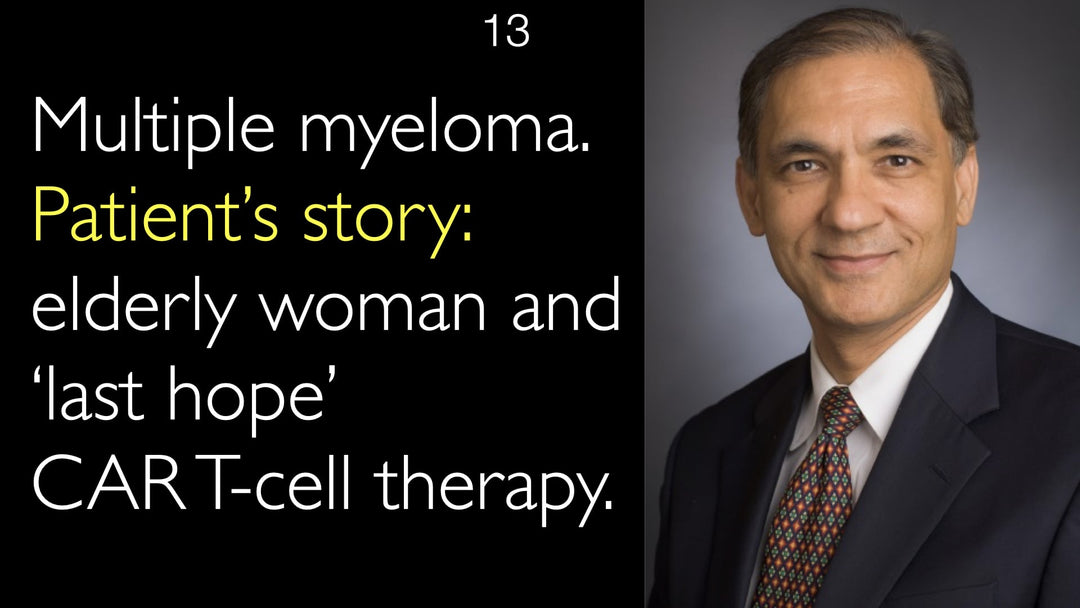So atrial fibrillation incidence increases with age. 70% of patients with atrial fibrillation are between 65 and 85 years of age. Patients with atrial fibrillation are at a higher risk of blood clots, thromboembolism. But, at the same time, elderly patients with atrial fibrillation are at a higher risk of bleeding as a complication of anticoagulation. So how to correctly weigh this balance? How do you choose the medications and regimens for blood clot prophylaxis in elderly patients with atrial fibrillation?
Okay, as you mentioned, in people age 80 or older, one in 10 has atrial fibrillation, if not more. Also, in younger adults or older people, atrial fibrillation is a big problem, is an increasing problem, probably because of the aging of the population, at least in high-income countries. As you mentioned, we are between Scylla and Charybdis, as I wrote in one of the articles you read. I think that anticoagulation is a must-have in patients with atrial fibrillation. It is so because the risk of stroke is much higher than bleeding. So the bleeding is a risk that you must take. And I don't like the tendency [among doctors], of older people being abandoned, although [doctors are] scared, particularly for very older adults, and give them aspirin.
Aspirin does not protect against the risk of stoker and thromboembolism. So I think the risk [of bleeding] should be taken [and anticoagulants used]. Of course, you have to consider, as I told you, other factors. The risk of bleeding, particularly in younger patients with deep vein thrombosis, the younger patients with atrial fibrillation, the risk of cerebral bleeding, and gastrointestinal bleeding is less than the risk of bleeding in a patient in their 80s. Again, you have to take this risk of bleeding. It is being taken even if a patient is over 90 years of age. Of course, you use anticoagulants with a lot of attention. Usually, we use lower doses of direct oral anticoagulants. And, of course, we monitor them very closely. But I would say, paradoxically, at that old age, the risk of a stroke is higher than the risk of bleeding. So the anticoagulants, and particularly the direct oral anticoagulants, are worthy of being used [in atrial fibrillation]. And for the reasons that I mentioned, for the 80-year-old patient to visit the anticoagulant clinic may be a problem. So the adherence became much higher with the use of direct oral anticoagulants, which are taken orally. So there is no need for laboratory control.







